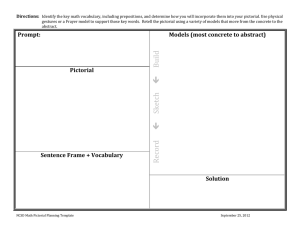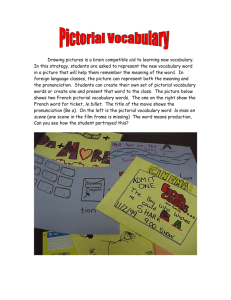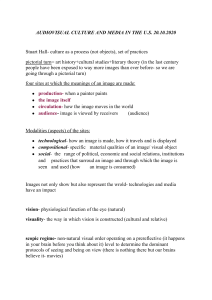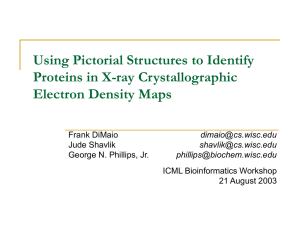SATÔ, Kenji (University of Tokyo), Thinking of Images/Thinking
advertisement
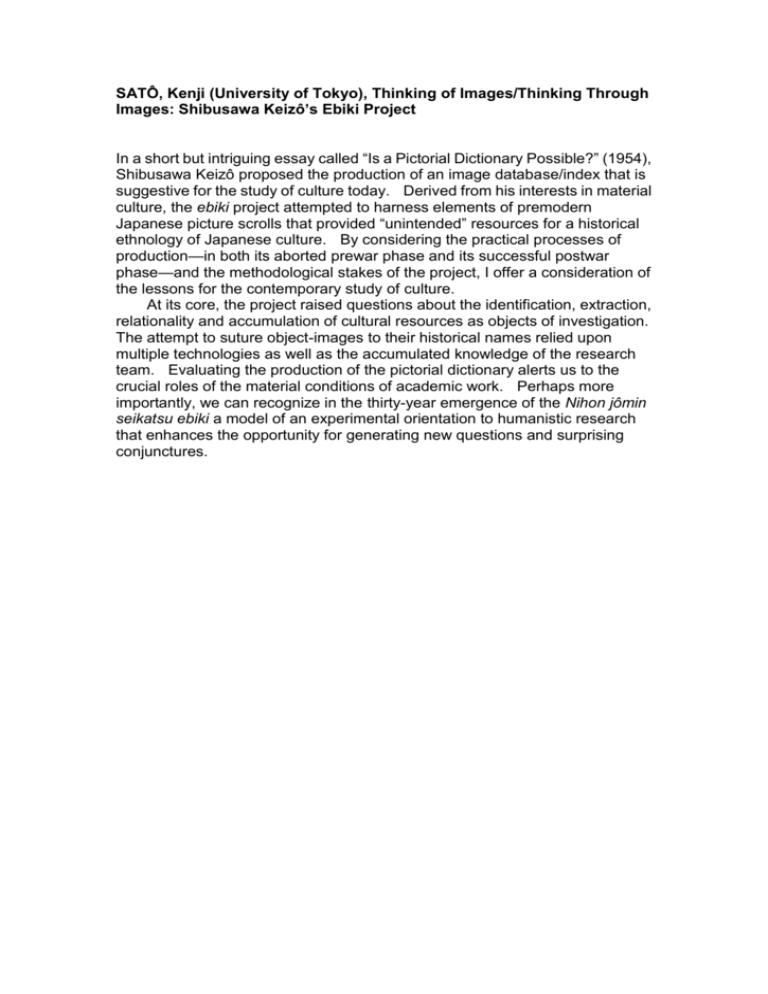
SATÔ, Kenji (University of Tokyo), Thinking of Images/Thinking Through Images: Shibusawa Keizô’s Ebiki Project In a short but intriguing essay called “Is a Pictorial Dictionary Possible?” (1954), Shibusawa Keizô proposed the production of an image database/index that is suggestive for the study of culture today. Derived from his interests in material culture, the ebiki project attempted to harness elements of premodern Japanese picture scrolls that provided “unintended” resources for a historical ethnology of Japanese culture. By considering the practical processes of production—in both its aborted prewar phase and its successful postwar phase—and the methodological stakes of the project, I offer a consideration of the lessons for the contemporary study of culture. At its core, the project raised questions about the identification, extraction, relationality and accumulation of cultural resources as objects of investigation. The attempt to suture object-images to their historical names relied upon multiple technologies as well as the accumulated knowledge of the research team. Evaluating the production of the pictorial dictionary alerts us to the crucial roles of the material conditions of academic work. Perhaps more importantly, we can recognize in the thirty-year emergence of the Nihon jômin seikatsu ebiki a model of an experimental orientation to humanistic research that enhances the opportunity for generating new questions and surprising conjunctures.
